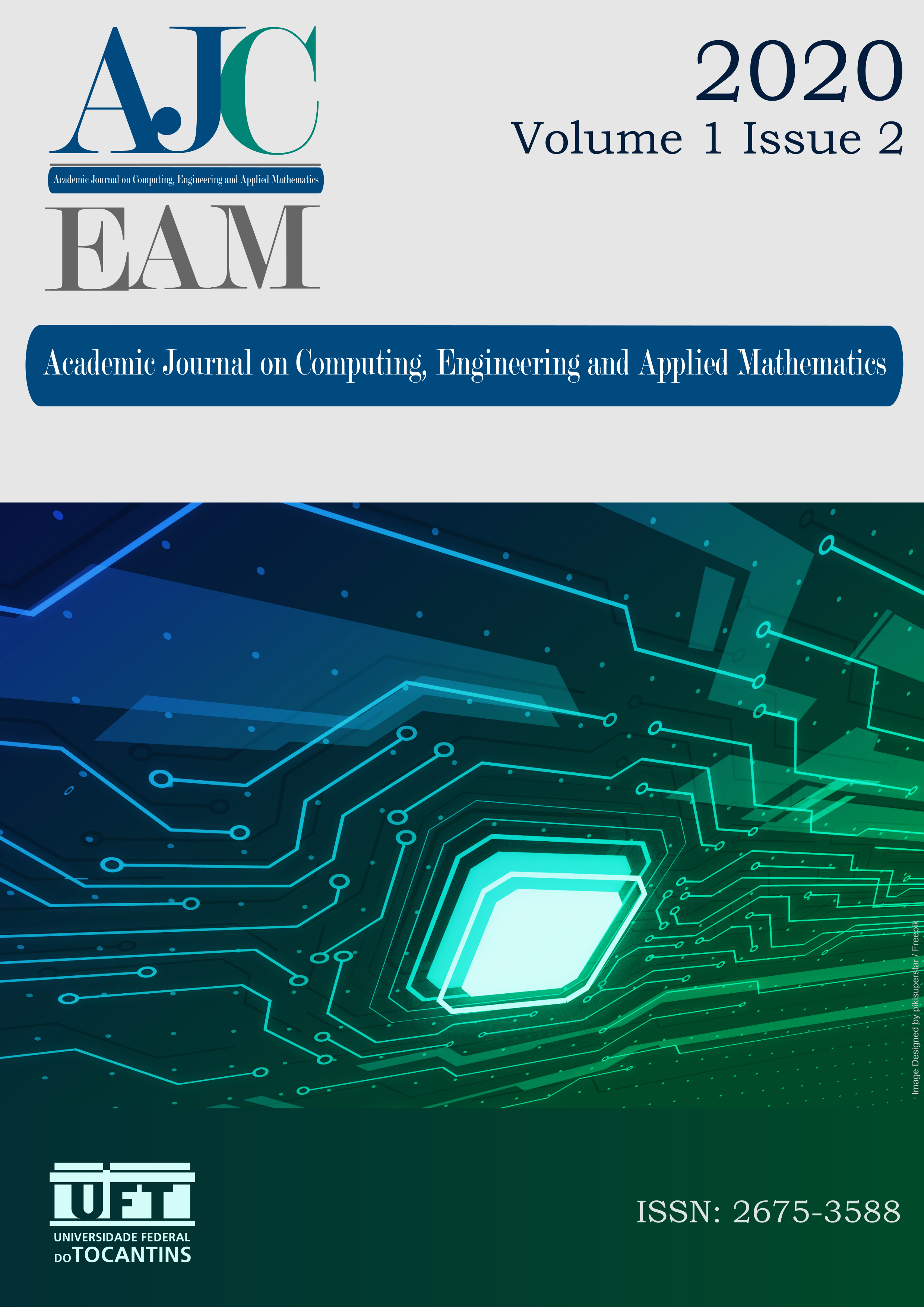5G energy efficiency for Internet of Things
a survey
DOI:
https://doi.org/10.20873/uft.2675-3588.2020.v1n2.p14-23Palavras-chave:
Internet of Things, 5G technology, SurveyResumo
The Internet of Things (IoT) consists of devices capable of measuring the environment and executing tasks without human intervention. Due to its size, these devices have restrictions in processing, memory, and battery. These devices can reach a trillion nodes and, therefore, requires network connections that are capable of both handle a large number of nodes connected and low energy transmission. The fifth generation of telecommunications technology (5G) is a key concept to address those requirements as new applications and business models require new criteria such as security trustworthy, ultra-low latency, ultra-reliability, and energy efficiency. Although the next generation of connections is at its early stage, progress has been made to achieve 5G enabled IoT technologies. This paper describes a review of the main technologies such as Cloud, Software Defined Network, device-to-device communication, Evolved Package Core and Network Virtual Function Orchestration that are planned to be applied for both fields of 5G and IoT.
Downloads
Publicado
Como Citar
Licença
Copyright (c) 2020 Rodrigo Kanehisa, Felipe Barbosa, Alberico de Castro

Este trabalho está licenciado sob uma licença Creative Commons Attribution-NonCommercial 4.0 International License.
Autores que publicam neste periódico concordam com os seguintes termos:
- Autores mantém os direitos autorais e concedem ao periódico o direito de primeira publicação, com o trabalho simultaneamente licenciado sob a Creative Commons Attribution License (CC BY-NC 4.0), permitindo o compartilhamento do trabalho com reconhecimento da autoria do trabalho e publicação inicial neste periódico;
- Autores têm autorização para assumir contratos adicionais separadamente, para distribuição não-exclusiva da versão do trabalho publicada neste periódico (ex.: publicar em repositório institucional ou como capítulo de livro), com reconhecimento de autoria e publicação inicial neste periódico;
- Autores têm permissão e são estimulados a publicar e distribuir seu trabalho online (ex.: em repositórios institucionais ou na sua página pessoal) a qualquer ponto posterior ao processo editorial;
- Além disso, o AUTOR é informado e consente com o periódico que, portanto, seu artigo pode ser incorporado pela Academic Journal on Computing, Engineering and Applied Mathematics em bases e sistemas de informação científica existentes (indexadores e bancos de dados atuais) ou a existir no futuro (indexadores e bancos de dados futuros), nas condições definidas por este último em todos os momentos, que envolverá, pelo menos, a possibilidade de que os titulares desses bancos de dados possam executar as seguintes ações sobre o artigo:
- Reproduzir, transmitir e distribuir o artigo, no todo ou em parte sob qualquer forma ou meio de transmissão eletrônica existente ou desenvolvida no futuro, incluindo a transmissão eletrônica para fins de pesquisa, visualização e impressão;
- Reproduzir e distribuir, no todo ou em parte, o artigo na impressão;
- Traduzir certas partes do artigo;
- Extrair figuras, tabelas, ilustrações e outros objetos gráficos e capturar metadados, legendas e artigo relacionado para fins de pesquisa, visualização e impressão;
- Transmissão, distribuição e reprodução por agentes ou autorizada pelos proprietários de distribuidoras de bases de dados;
- A preparação de citações bibliográficas, sumários e índices e referências de captura relacionados de partes selecionadas do artigo;
- Digitalizar e / ou armazenar imagens e texto de artigo eletrônico.



